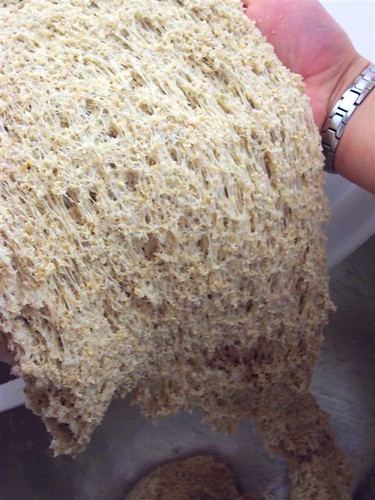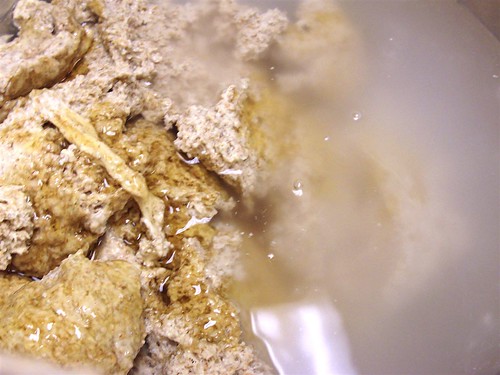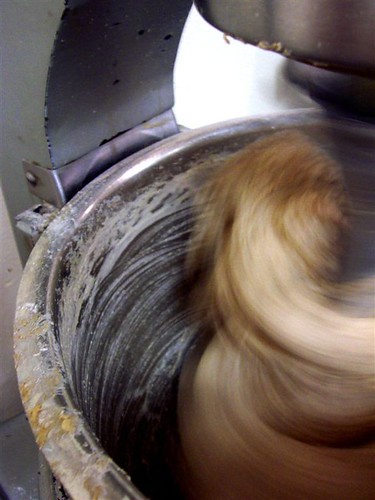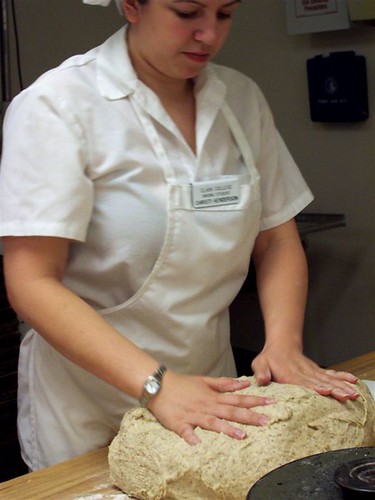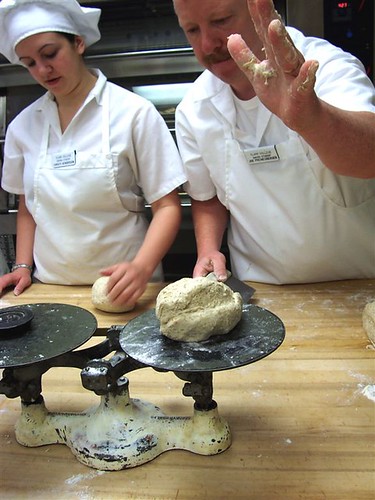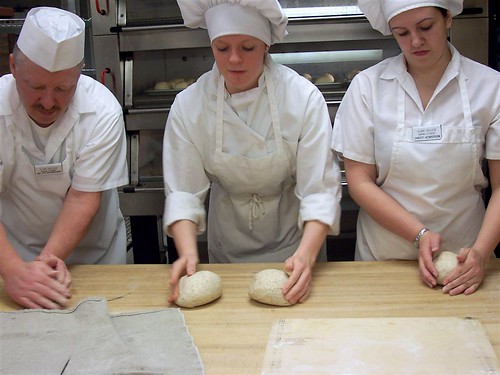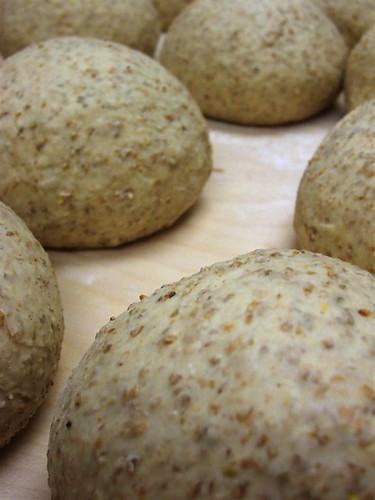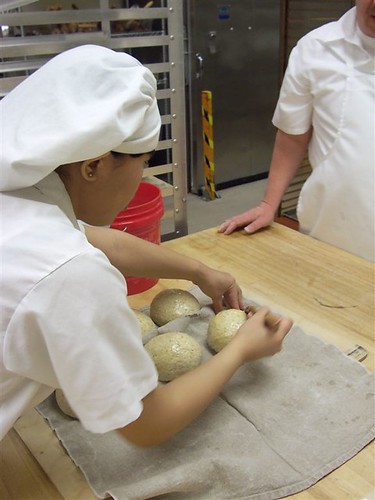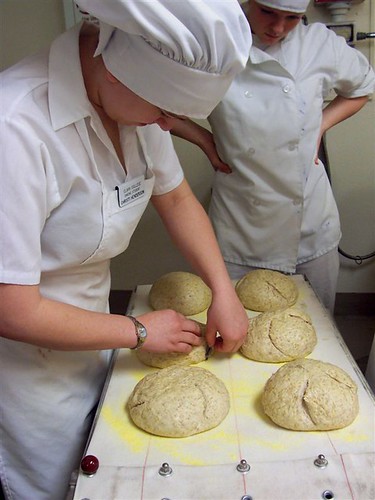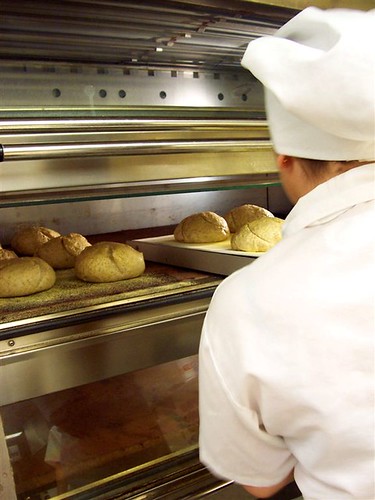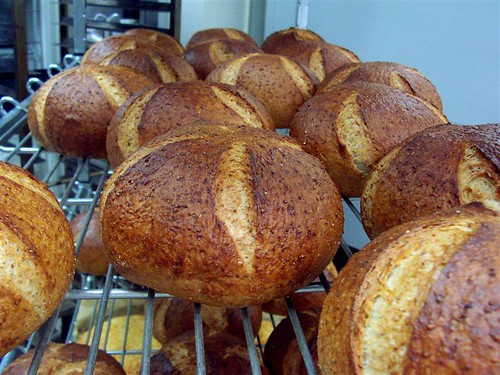How sweet it is: The Skinny on Low Glycemic Sweeteners 73
. agave syrup, alcohol, BAKING, Bread, Cake, certified kosher ingredients, Cooking, diabetic friendly, Eco-friendly, eco-friendly products, foodie reviews, fruit, low-glycemic, product reviews, Sugar, sweetenersWhile our quest for natural ingredients may have started as a trend, it may --- as a result of decades of digesting over processed, convenience type foods that saturate the market and whose establishments flood food courts and tend to cluster urban sprawl --- be a necessity to help reverse the ill-effects we have brought on ourselves through poor food choices.
There are many reasons to want an alternative sweetener, some include lifestyle choices - from Vegans who want to avoid bleached all-purpose sugar that may be processed using animal bones, to Raw Foodists who believe that all food they consume should be in the closest state to nature as possible (i.e minimally processed through heating), to those who are required to follow restricted diets such as those who suffer from Celiac Disease, or those who are diabeticsW. There is a great pdf document that you can download that touches on both Celiac Disease and Diabetes - outlining the connection between the two diseases and foods you consume.
In this post I want to concentrate on sweeteners that are suitable for diabetics. Those sweeteners that are low-glycemic. I will show some examples of each category of low glycemic sweeteners: unrefined, sugar alcohol, artificial, and herbal sweeteners.
There are many choices for alternative sweeteners. Natural, unrefined low-glycemic alternatives include:
- Brown Rice Syrup
W, which comes in different grades and gluten-free versions. It is normally used in cooking or baking ,by substituting a ratio of 1 1/4 times BRS to 1 amount of honey, molasses, or all-purpose (refined) sugar called for in a recipe [if using BRS to substitute for AP sugar - reduce liquids in your recipe by 1/4 cup for every cup of BRS used]. The main component of BRS is maltose and several complex carbohydrates - which are absorbed very slowly by our bodies, making it a good low glycemic W choice.
- Agave Nectar
W or Agave Syrup, is produced commercially in Mexico. Juice is expressed from the core of the agave, called the piña.[1] The juice is filtered, then heated, to hydrolyze carbohydrates into sugars. Sources I have read say: "It is not manufactured from starch, but rather from fructans. [6] Due to its fructose content and the fact that the glycemic index only measures glucose levels, agave syrup is notable in that its glycemic index and glycemic load are lower than many other natural sweeteners on the market. [5] When using Agave, substitute 25% less for sweeteners called for in a recipe (ratio of 3/4 Agave to 1 cup refined sugar or other sweeteners), you will need to reduce your liquids by as much as 1/3. If using for baking make sure to reduce your oven temp by 25 F°.
- Maltitol
W It has 75-90% of the sweetness of sucrose (table sugar) and nearly identical properties, except for browning.
- Xylitol
W . This sugar alcohol is used as a naturally occurring sugar substitute found in the fibres of many fruits and vegetables, including various berries, corn husks, oats, and mushrooms.[2] It can be extracted from corn fibre,[3] birch, raspberries, plums, and corn. Xylitol is roughly as sweet as sucrose with only two-thirds the food energy.
Another option and maybe the most well known category of low-glycemic sweeteners are those that are artificial. These artificial sweeteners have been largely used in commercialized products.
- Splenda
W , a.k.a Sucralose is approximately 600 times as sweet as sucrose (table sugar),[4] twice as sweet as saccharin, and four times as sweet as aspartame and can be found in 4,500 products. Unlike aspartame, it is stable under heat and over a broad range of pH conditions and can be used in baking or in products that require a longer shelf life.
- Aspartame
W This sweetener is marketed under a number of trademark names, including Equal, NutraSweet, and Canderel, and is an ingredient of approximately 6,000 consumer foods and beverages sold worldwide. It is commonly used in diet soft drinks, and is provided as a table condiment in some countries. However, aspartame is not always suitable for baking because it often breaks down when heated and loses much of its sweetness.

The last category of low-glycemic sweeteners are herbal based. These sweeteners generally come from the parts of different herb families:
- Stevia
W The species Stevia rebaudiana Bertoni, commonly known as sweetleaf, sweet leaf, sugarleaf, or simply stevia, is widely grown for its sweet leaves. As a sugar substitute, stevia's taste has a slower onset and longer duration than that of sugar. With its extracts having up to 300 times the sweetness of sugar, stevia has garnered attention with the rise in demand for low-carbohydrate, low-sugar food alternatives.
 Recently the Food and Drug Administration (a.k.a FDA) approved 2 Stevia derived sweeteners, a first for the United States. One of the approved sweeteners Truvia, was developed by Cargil and The Coca-cola company.
Recently the Food and Drug Administration (a.k.a FDA) approved 2 Stevia derived sweeteners, a first for the United States. One of the approved sweeteners Truvia, was developed by Cargil and The Coca-cola company. Beverage brands such as Odwalla and Sprite's New "Green" line of sodas, all are planning to feature Truvia as the main sweetener in their products geared toward eco-friendly and diet soda buying consumers.
Beverage brands such as Odwalla and Sprite's New "Green" line of sodas, all are planning to feature Truvia as the main sweetener in their products geared toward eco-friendly and diet soda buying consumers. I got a chance to try Truvia. I was pretty interested because of what people had told me about Stevia, and that made it a challenge, plus the approval of this sweetener is pretty huge in the world of herbal ingredients.
I got a chance to try Truvia. I was pretty interested because of what people had told me about Stevia, and that made it a challenge, plus the approval of this sweetener is pretty huge in the world of herbal ingredients. Truvia comes in packets, much like Sweet 'n' Low
Truvia comes in packets, much like Sweet 'n' LowIn the realm of eco-friendliness - The box and packets themselves are all recyclable paper and printed with Soy ink (big bonus there).
I tasted a few grains of Truvia by themselves, and noticed a very light vanilla note, and hints of tapioca. The aroma of Truvia is also similair to tapiocca custard. The look and texture is similair to fine sugar used in professional bakeries. I got a slight tingling, almost effervescence like sensation on my tongue once I tasted the Truvia grains.
Truvia did not pass my "coffee" test. I added it to my normal brewed coffee w/ half 'n' half and got a definite bitter aftertaste, similair to that of Dandelion greens. I would say that the ratio of one packet may be adjusted according to personal taste - I would use much less.
But maybe I need to acclimate my taste buds slowly to get used to the taste of Truvia in my coffee? I consider my morning coffee a sacred practice and I think I am not yet ready to change it. My favorite alternative to sugar in coffee is Agave Nectar
Truvia preformed well however in my baking tests. I looked through the recipes found on the Truvia website. Some of the recipes include:
- Apple Berry Galette
- Pecan Pie
- Crunchy Apple Cinnamon & Pear Salad
- Zanna's Pumpkin Pancakes
- Strawberry Rhubarb Galette
- Shortbread Cookies
- Pumpkin Pie
- Cranberry Sauce
- Hot Cocoa Mix
- Classic Cheesecake
- Cheesecake with Fresh Strawberry Topping
Overall I would say that Truvia is pretty pleasant to the palate when used in baking and is great when trying to use a natural low glycemic sugar substitute, similair to sugar in quality. The ratio of Truvia to sugar might need to be adjusted when substituting in recipes - but you can use a combination Truvia with Agave Syrup to cut the aftertaste of stevia, as they both are low-glycemic sweeteners.
You can visit the Truvia website for more info: http://truvia.com/index.html









